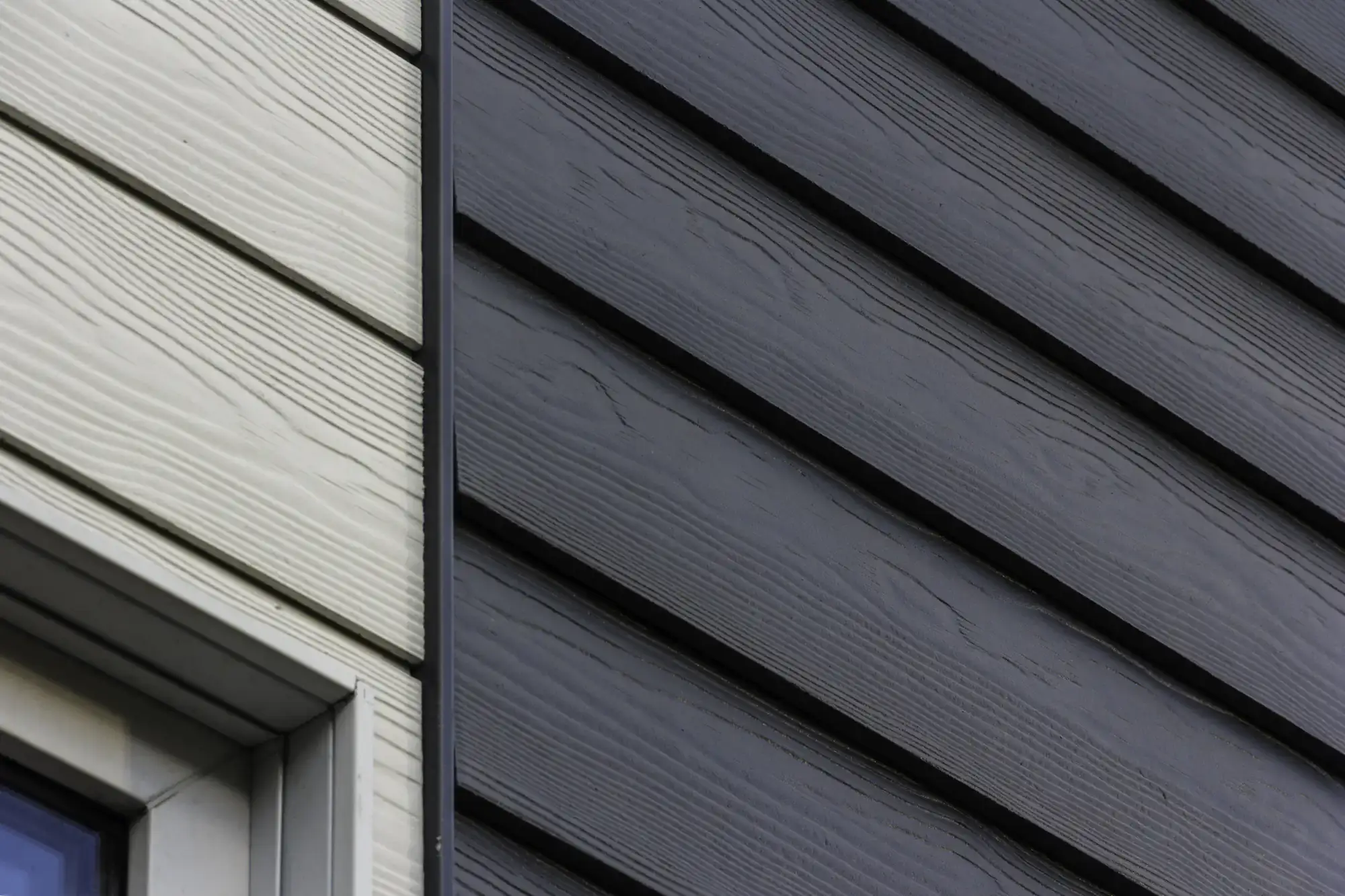
Hear from Our Customers
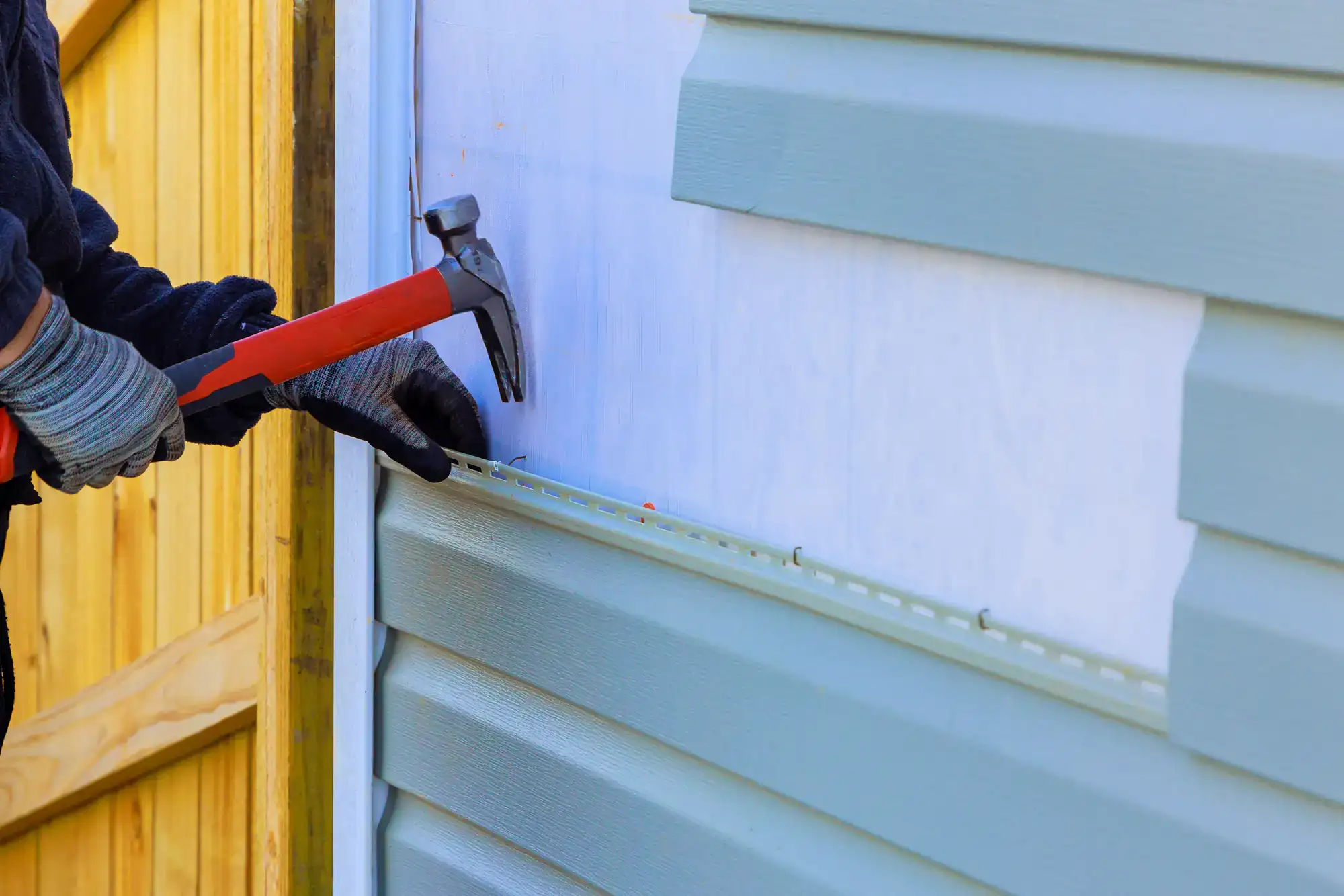
You get siding that stops you from worrying about the next storm. No more watching the weather forecast and wondering if your house can handle it.
Your mornings start without checking for loose panels or water damage. Your energy bills drop because proper insulation actually works. Your neighbors notice the difference, and so does your property value.
Most importantly, you stop dealing with constant maintenance. No scraping, no repainting every few years, no emergency repairs after every major storm that hits Suffolk County.
We’ve been handling siding projects across Long Island for years. We’ve seen what happens when contractors use the wrong materials or cut corners on installation.
We’ve also cleaned up plenty of storm damage from siding that wasn’t installed properly. That’s why we only use materials rated for coastal weather and install everything to handle Long Island’s wind loads.
Every project gets the permits pulled correctly and inspections handled properly. No surprises, no shortcuts, no problems down the road.
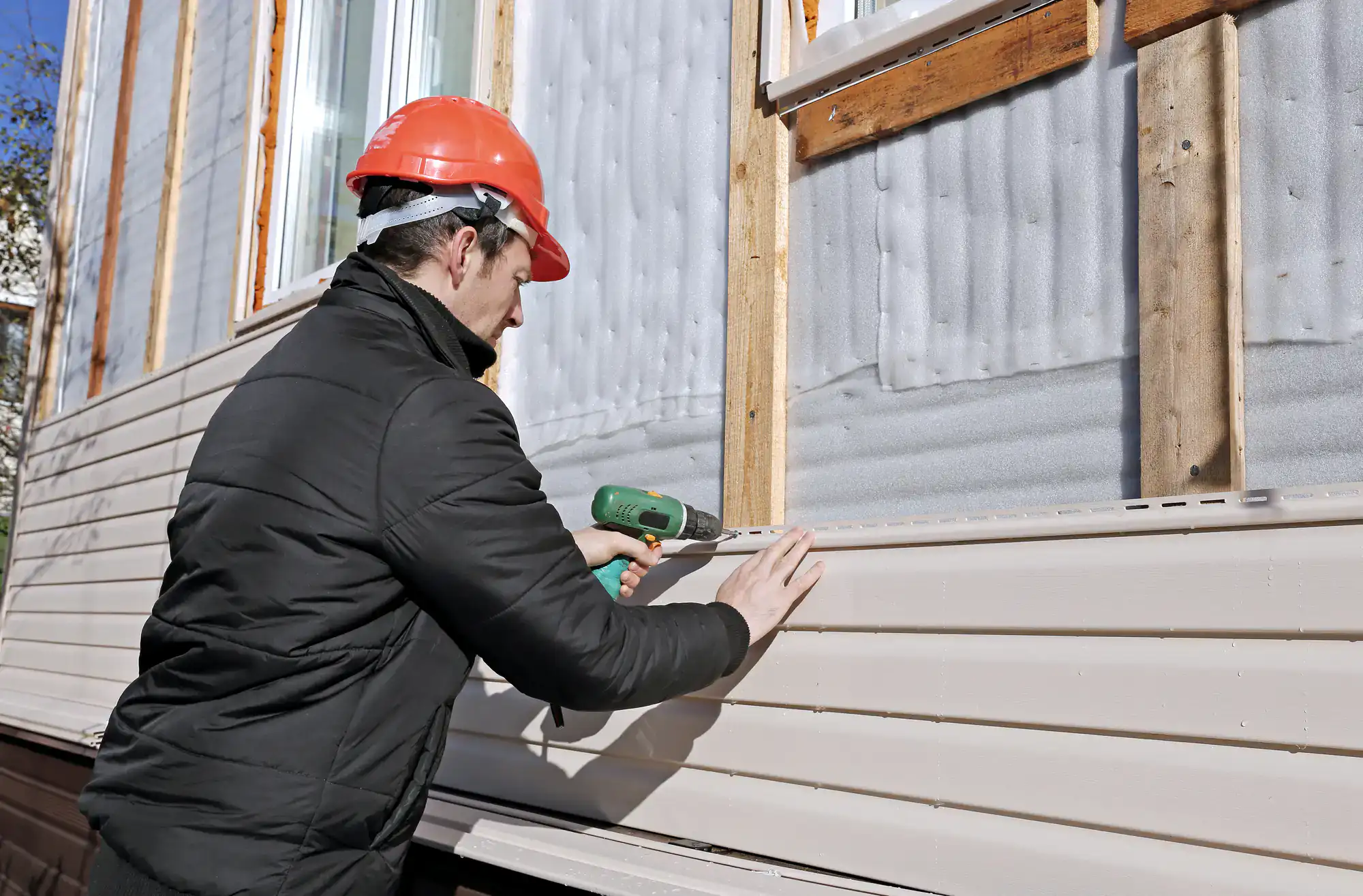
First, we come out and look at what you’re dealing with. Not just the obvious stuff—we check for hidden damage, measure everything properly, and explain what needs to happen.
Then we pull permits and order materials that actually match your home and the local climate. No generic solutions or whatever happens to be cheapest that week.
Installation happens in sections so your home stays protected. We handle the old siding removal, prep the surface correctly, and install new materials with proper flashing and weatherproofing. Cleanup happens daily, not just at the end.
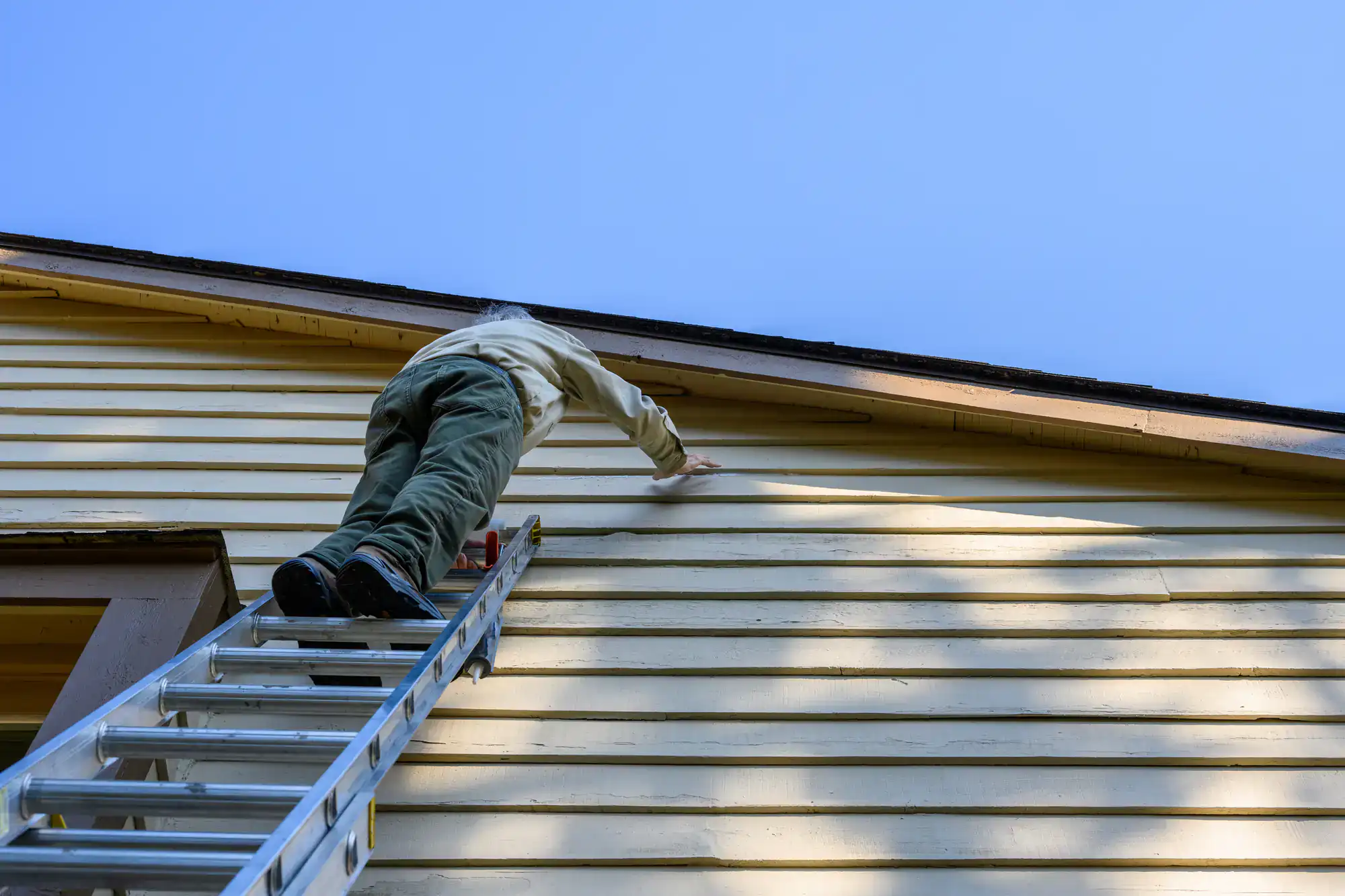
Ready to get started?
You get materials chosen specifically for Yaphank’s weather patterns. That means siding rated for our wind speeds, moisture levels, and temperature swings.
Installation includes proper house wrap, flashing around windows and doors, and trim work that actually seals against water. We’re not just hanging panels—we’re building a weather barrier.
Suffolk County gets hit with everything from hurricane remnants to ice storms. Your siding needs to handle 60+ mph winds, driving rain, and hail. We use fastening patterns and materials that meet those requirements, not just the minimum code.
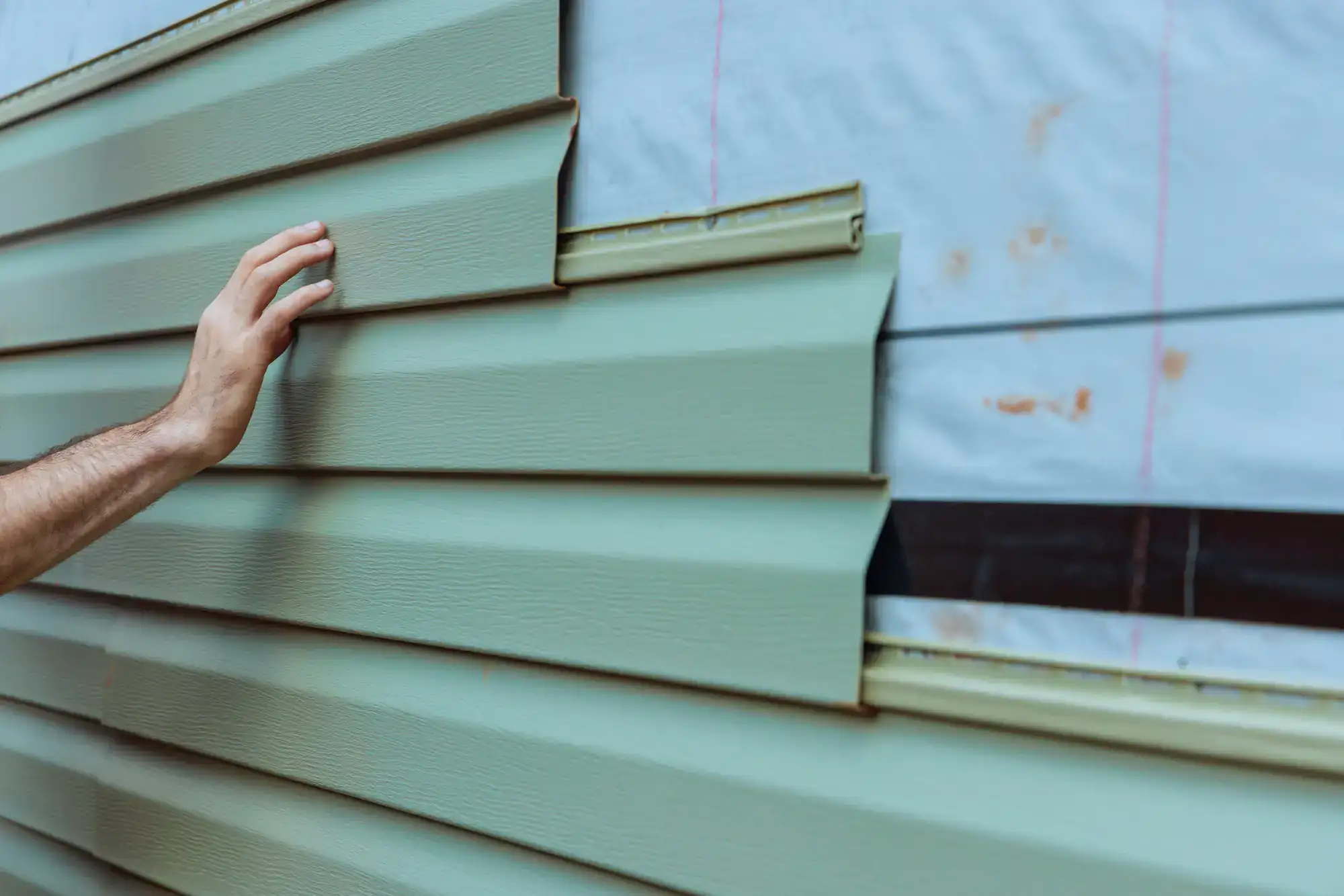
Vinyl and fiber cement are your best bets here. Vinyl handles the moisture and temperature swings without warping or rotting. Fiber cement gives you the durability to handle impact from hail and wind-blown debris.
Wood siding looks great but requires constant maintenance in our climate. It’s going to need repainting every few years and replacement of damaged sections after storms. Unless you want that as a hobby, stick with materials that don’t fight the weather.
Insulated vinyl siding is becoming more popular because it helps with energy costs while still giving you the weather resistance you need.
Most residential projects take 3-7 days depending on the size of your house and complexity of the job. Weather can add time—we don’t install siding in heavy rain or high winds.
Prep work takes the most time. Removing old siding, fixing any underlying damage, and installing house wrap correctly can’t be rushed. The actual siding installation goes faster once the prep is done right.
We break larger projects into sections so your home stays weather-tight throughout the process. No leaving your house exposed overnight or over weekends.
Yes, we pull all necessary permits and handle inspections. Suffolk County has specific requirements for siding installation, especially regarding wind resistance and fire ratings.
The permit process usually takes a few days to a week depending on the town’s workload. We factor this into the project timeline so there are no delays once we’re ready to start work.
Some homeowners try to skip permits, but that creates problems when you sell the house or file insurance claims. We do everything by the book so you don’t have issues later.
Vinyl costs less upfront and requires almost no maintenance. It’s lightweight, handles moisture well, and comes with long warranties. The downside is it can crack in extreme cold and fade over time, though newer products have much better color retention.
Fiber cement costs more initially but lasts longer and handles impact better. It won’t melt from reflected heat or dent from hail. It does need repainting every 10-15 years, but it holds paint better than wood.
For most Long Island homes, vinyl makes the most sense unless you specifically want the look of wood grain or need maximum impact resistance.
Look for loose or missing panels, cracks, warping, or areas where water is getting behind the siding. If you’re seeing rot on trim boards or the house wrap, the siding isn’t doing its job anymore.
High energy bills can also indicate siding problems. If your heating and cooling costs keep going up, failing siding might be letting conditioned air escape.
Storm damage is obvious—missing pieces, dents, or panels pulling away from the house. But sometimes the damage isn’t visible from the ground. We can do a proper inspection to check for problems you might miss.
Material warranties vary by manufacturer but typically cover 30-50 years for color and finish, with lifetime warranties on the siding itself. These are transferable to new owners, which helps with resale value.
Our installation warranty covers workmanship issues for several years. This includes problems with flashing, fastening, or any installation defects that cause leaks or damage.
Keep all warranty paperwork and follow maintenance requirements. Most warranty claims happen because of installation problems, not material defects, so using experienced contractors matters more than most people realize.